Scientists have characteristically called the unthinkable dimensions of the prehistoric shark "out of scale", even for an animal of its own time.
Because although his extinct relatives were not exactly tiny creatures, Otodus megalodon had no second in terms of length and mass.
The only question that had to be answered now was why did it reach such dimensions? In other words, we are talking about a 15 meter fish! Three times the size of today big white.
There has never been a shark carnivore on such a large scale. The ancient relative of the mako (shark shark) is constantly concerned with science with its astronomical dimensions.
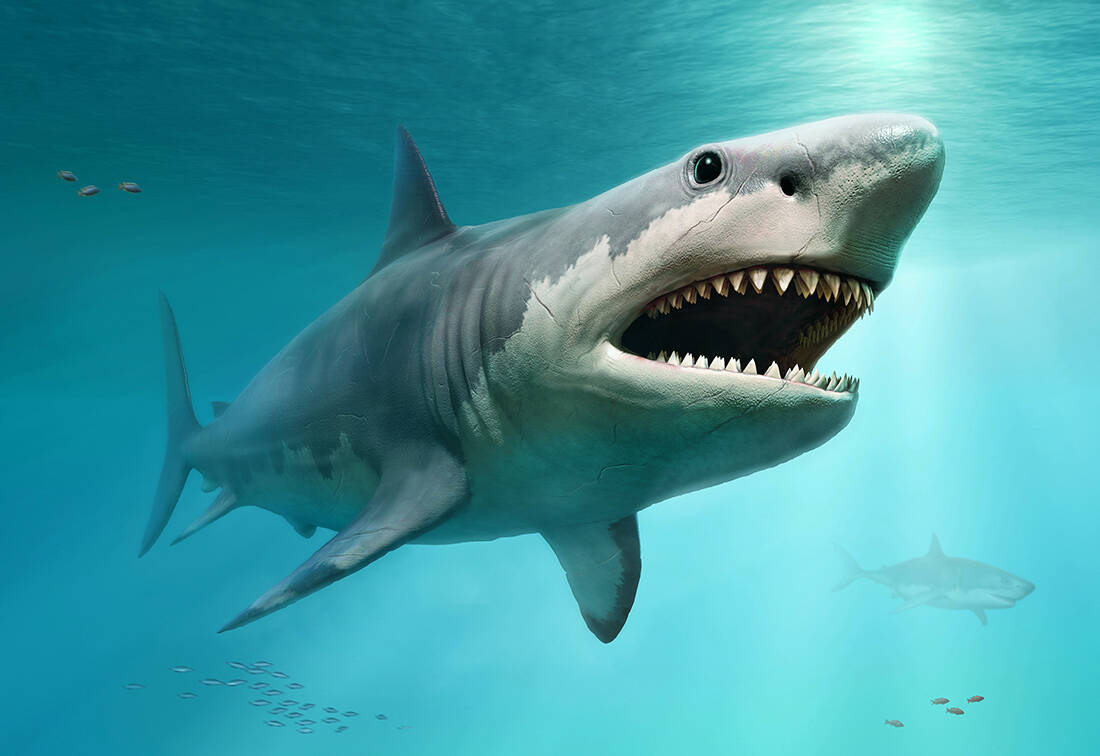
Recently, science even revised its views on its size, estimating its gigantism at 15 meters now. Yes, "off scale" even for prehistoric creatures!
Researchers also argue about its species: some place it in the lamnidae family and others consider it to belong to the orthodontics.
Now (very recently) we are told that it was included in the laminates and was the largest ever lived by the family. At least 7 meters bigger than the second largest prehistoric shark that is.
As for today's sharks, they are just fractions of their size. The largest sarcophagus of our time, the great white (Carcharodon carcharias), does not exceed 6 meters. But also the biggest fish today, the whale shark (Rhincodon typus), ranges from 6-10 meters.
The other 13 species of lagoons that plow the seas can not even compete with it…
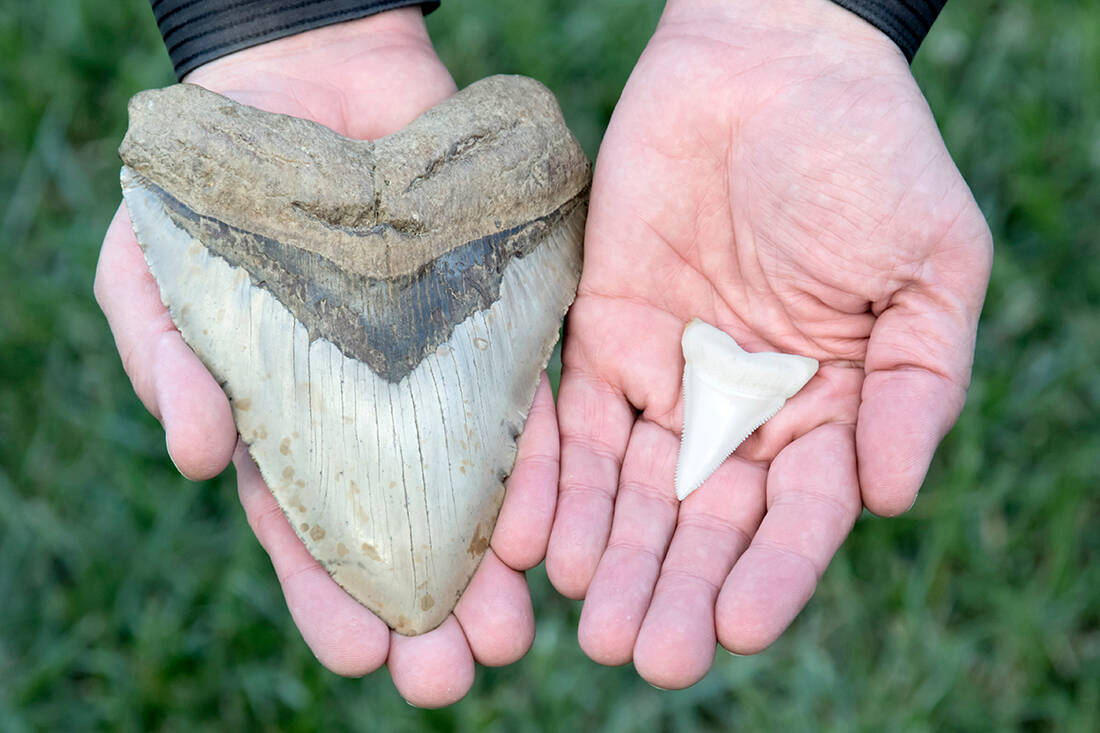
The largest shark that ever lived and one of the largest fish that appeared on our planet is a real mystery. The great white (Otodus megalodon or Carcharocles megalodon) had teeth almost three times the size of those of the great white shark.
We have found his fossilized teeth in large numbers, so we got a more complete picture of what this creature could do. And the science is the truth exhausted for times and times in its magnitude.
The Natural History Museum in London estimates that the fish reached an average of 18 meters. Still others place it even at 25 meters. Maybe because they judged only on the basis of his teeth. Its fossilized teeth reach even 17,8 cm.
The most recent study, published in September 2020 in "Scientific Reports" magazine, not only relied on his teeth, but also analyzed the anatomy of five of his relatives (of the genus ροςsouros) who are still alive (such as the urchin shark, the longest urchin shark, etc.).

The new estimate wants him smaller, "only" 15-18 meters. And now we have dimensions of its parts. In a large tooth of 16 meters, the head reached 4,65 meters, the dorsal fin 1,62 meters and the tail was 3,85 meters long.
"This means that an adult human could stand behind the shark and be about the same height as the flap ", the" Guardian "remarked.
The great man may have disappeared 2,6 million years ago, but he was at least 13 million years old as the ultimate king of the sea.
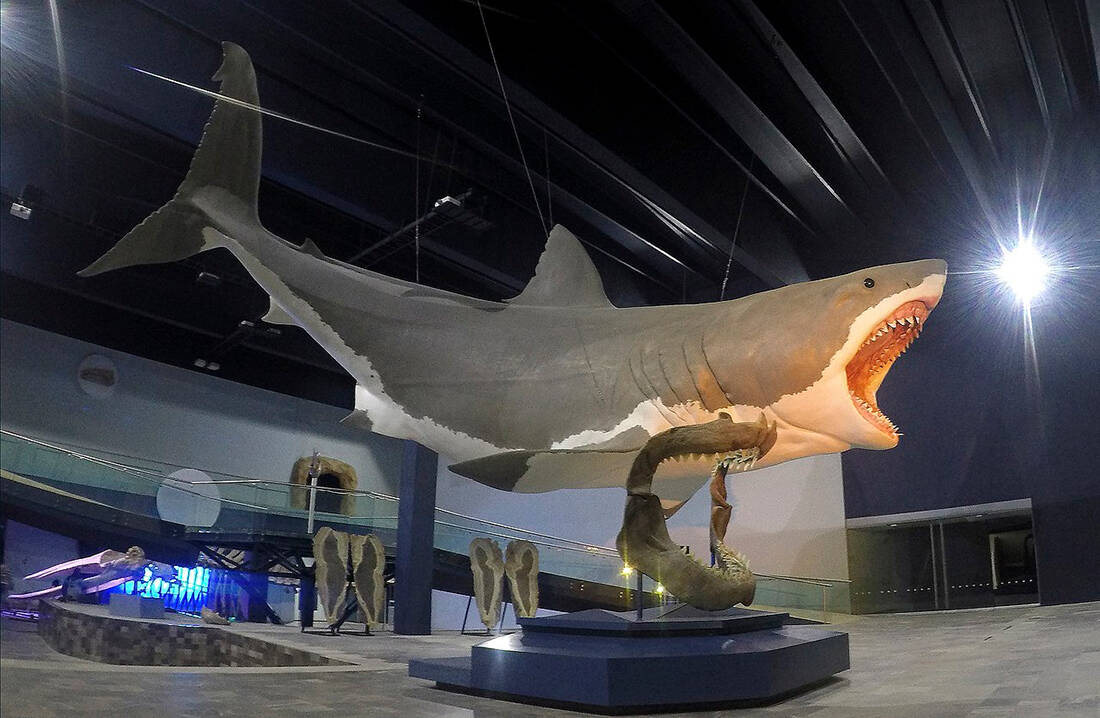
Just like the dinosaurs, the big one loved the heat. And so he hunted in tropical and subtropical waters, that is, warm and shallow waters, which in his years covered most of our planet. Fossil teeth have been found on every continent except Antarctica. He was indeed a cosmopolitan.
Scientists even assume that it disappeared just when these seas dried up or cooled and the Ice age, next to 1/3 of the sea creatures that became then past. Either he starved to death or froze from the low temperatures.
Before entering history, he was one of the most capable predators of his time. It fed on large marine mammals, such as whales and dolphins, but also on other sharks.
With jaws longer than 2 meters (2,7-3,4 meters, according to the fossils), he could eat whatever he wanted, but he seems to have a preference for whales.

And he probably made his attacks near the surface of the sea, when the whale was coming up to catch his breath. The fact that he was nutritionally dependent on the whale is one of the reasons he seems to have endorsed his extinction.
As a mammal, the whale it can regulate its internal temperature and thus migrate to colder waters. And this lack of ability of the shark to hunt in cold waters is believed to have been the key to its final extinction.
Science now tells us that he made his attacks, initially aiming at the wings and tails of his prey, so that he could not escape. With the victim immobilized, then go for the final blow. Its 276 jagged teeth were ideal for tearing flesh.
As for his bite, it was scary. At a time when the human bite is around 1.317 Newtons, researchers at the Natural History Museum in London have estimated its bite somewhere between 108.514-182.201 Newtons.
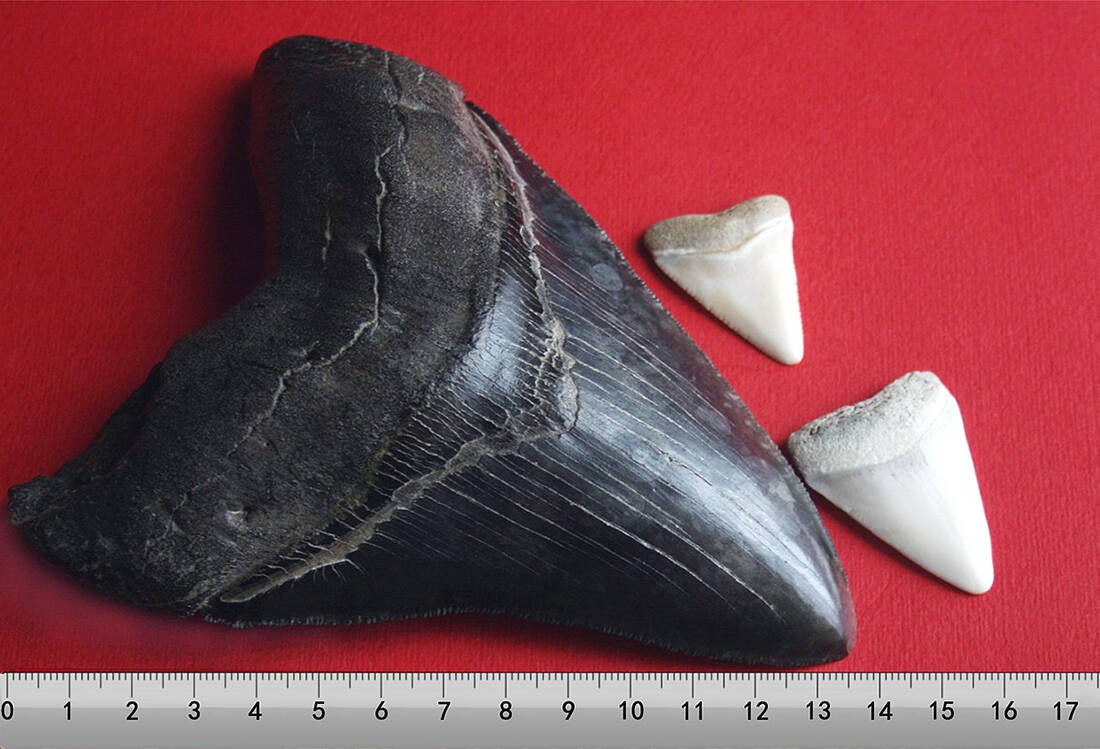
Exactly when he disappeared is not known. It must, however, have been lost before person as a species. It is not easy for science to indicate exactly when the great man disappeared from the face of the earth, as the dating of his fossils is problematic.
In 2014, a team of researchers from the University of Zurich used an innovative technique to estimate the age of shark fossils.
In their article, published in the "Plos One" review, found that most fossils date from the Middle Neolithic to the Pleistocene, ie 15,9-2,6 million years ago.
This is the safest assessment we have, although we have many it is the truth and consensus does not seem to exist here. "All evidence for the existence of plasma stops 2,6 million years ago in existing fossils," the researchers wrote.
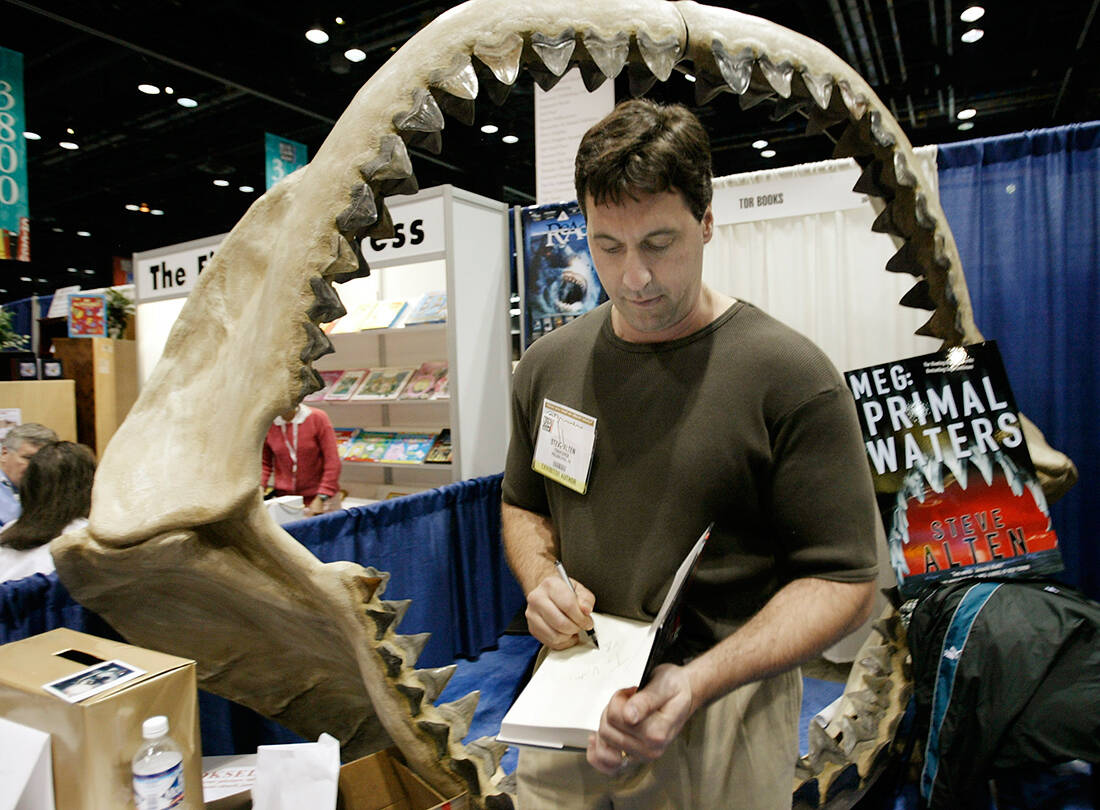
The Natural History Museum in London even dates its extinction to 3,6 million years ago. If so, our oldest relatives (Homo sapiens) emerged 2,5 million years ago, in the Pleistocene now, so most likely man and bigot never met.
Probably because in the same study in Zurich the researchers found that there is a 1% chance (6 in 10.000 simulations of their model) that the two species have met. However, they consider the possibility infinitesimal and deny the "popular claims" for the coexistence of man and prehistoric monster.

As if that were not enough to portray a nightmare creature, the thing becomes even more interesting.
Very recent study (October 2020), published in the review "Historical Biology" by paleontologists at DePaul University, claims that cannibalism in the womb may have paved the way for the largest carnivorous shark of all time.
Scientists claim that there is a biological link between older and hungry babies, the metabolism that works in hot environments and the increase in size. The insatiable appetite of the little ones makes the mom eat more and thus increase in size, ending up in even bigger offspring.
Professor Shimada and his colleagues focused on the lava flows they live in today, reassessing the size of the prehistoric relative based on the dimensions of his surviving relatives.
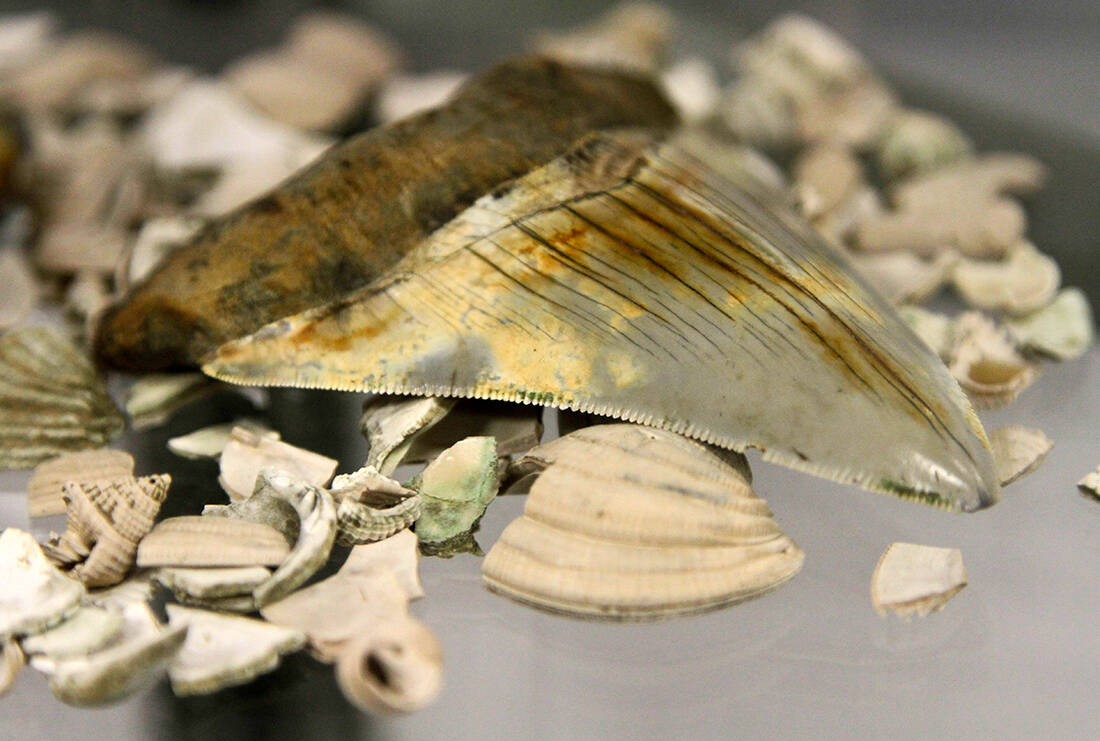
Most sharks of this species were comparable in size to today, except for 4 prehistoric relatives, with Otodus megalodon being the extreme version of all of them, at least twice the size of the second largest.
The team believes that the adult was mesothermic, neither warm-blooded nor cold-blooded, that is, but could maintain higher temperatures in some parts of his body. And to this feature they attribute its enormous size, something prohibitive for others.
But how did the big man manage to develop this warmer metabolism? Shimada tells us that it was done through "competition in the womb, even cannibalism."
Even today, laminates do not release their eggs into sea, but hatch inside the mother's body. Newborns develop in the womb until they reach the point of coming to light. And since the young are born hungry, they usually feed on the eggs that have not hatched or on their siblings.

The megalodon now belongs to the lambnids and may have followed the way of his current relatives. Researchers see in him exactly that cannibalism in the uterus the key point for increasing its internal temperature. Hence the gigantism of its size.
The birth of a smaller number of large offspring may have forced the mother to consume more food, which in turn showed a new evolutionary pathway, thermoregulation.
This is a working hypothesis for the time being, a good working hypothesis however, according to the positive way the research was received. Science, after all, looks impressed with the whale-eating creature and does not seem to want to give up its study.
It may turn out here that behind the apparent size of the shark was just a few hungry little ones who defied the odds…
